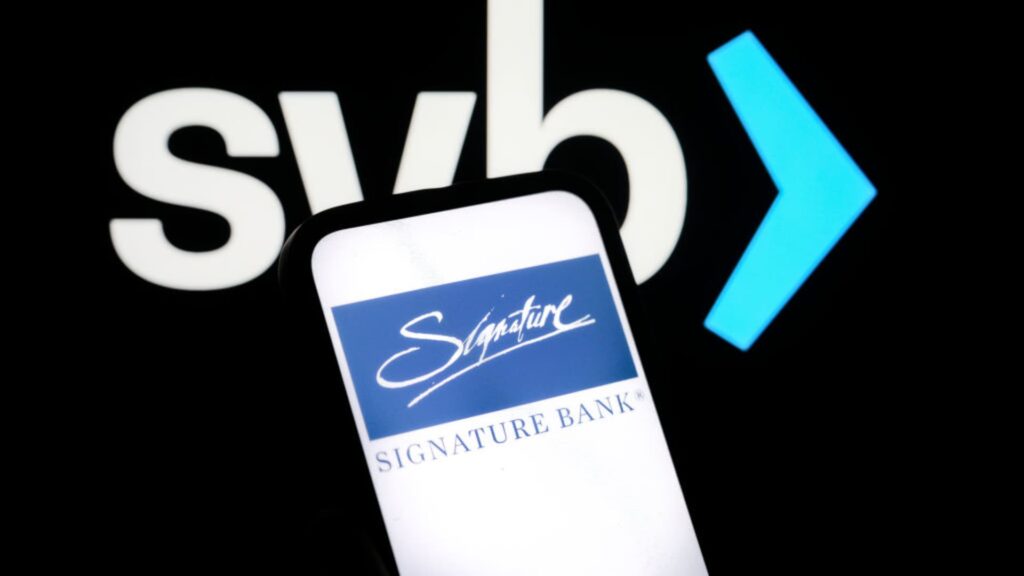With the stock market whipsawed over concerns about a banking crisis, there’s been a lot of debate on Wall Street and in Washington about the actions that the Federal Reserve and the Treasury have taken since the failures of Silicon Valley Bank and Signature Bank. Two phrases are being thrown around on CNBC and elsewhere: “moral hazard” and “hawkish pause.” Here’s what they mean and how these four words are shaping this evolving situation. We hope Club members can take what they learn here to better inform their understanding of the issues dominating the market and how they may impact their portfolios. moral hazard (noun) — lack of reason to try to avoid risk when protected from its consequences, for example by insurance Oxford Learner’s Dictionary of Academic English Regarding the appropriateness of backing deposits, there are those that argue that FDIC insurance is up to $250,000, premiums paid by the banks for that insurance have been based on that amount and we cannot simply increase the payout now that the risks have increased. If you underinsure your home, you don’t get to demand a larger payout once the house has burned down, you get what you paid for so to speak. On the other hand, there is the view that depositors should not pay the price for mismanagement. If we were to fail to guarantee all deposits it would spark an even larger bank runs as depositors either look to spread deposits over the $250,000 limit across multiple banks or simply decide to withdraw everything and deposit at an institution that is implicitly backed by the government due to its “too big to fail” status. That’s the debate. Thus far, in the current banking upheaval, the Treasury and the Fed have aimed to reassure depositors, while making clear they’re not rescuing bank shareholders. Treasury Secretary Janet Yellen told lawmakers Thursday: “Our banking system remains sound and Americans can feel confident that their deposits will be there when they need them.” We’re not trying…
Read the full article here





